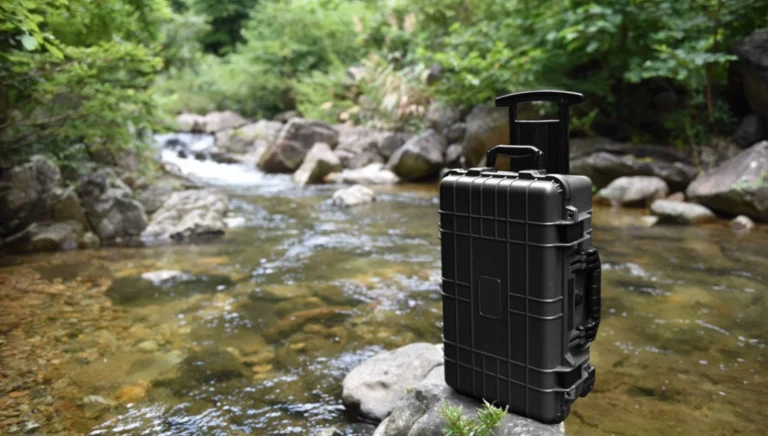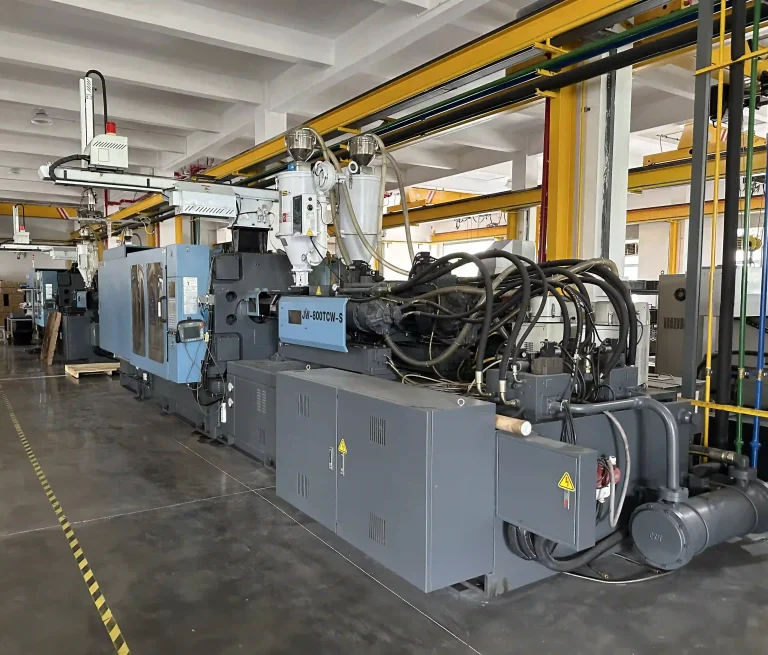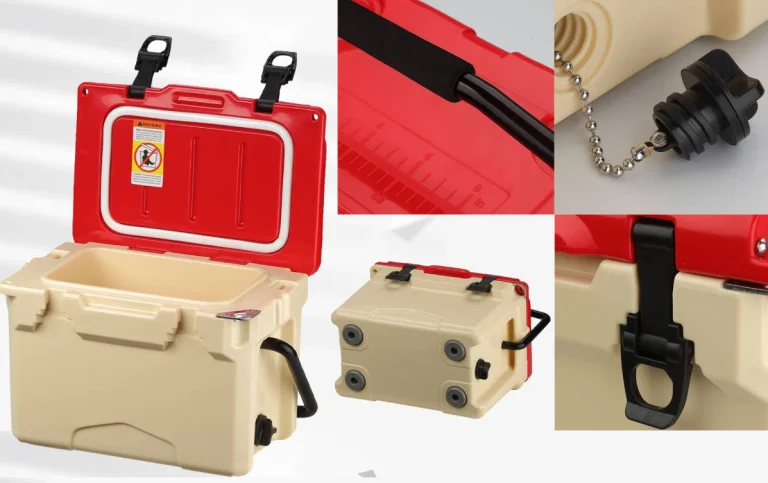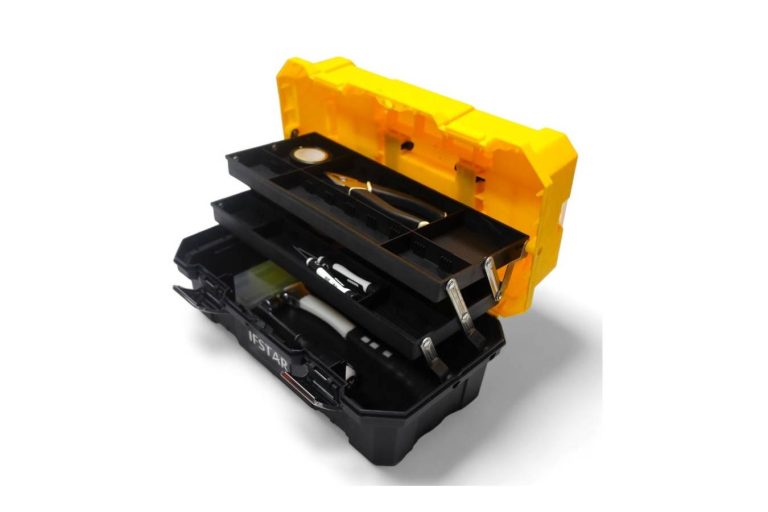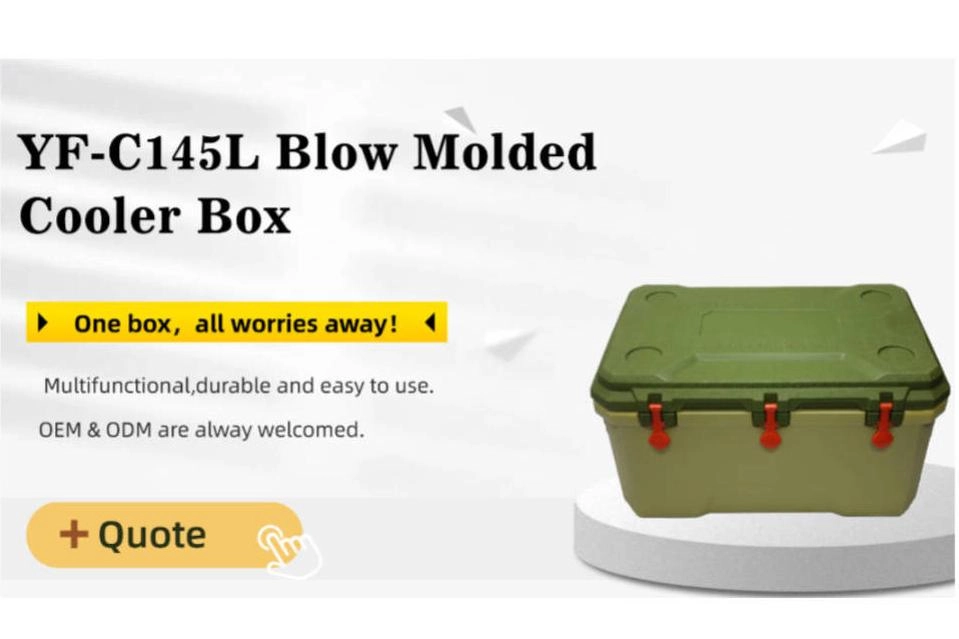
Understanding Dry Ice Cool Boxes
What is a Dry Ice Cool Box?
A dry ice cool box acts like a chilled storage unit. This insulated compartment preserves items at freezing temps. It employs solid CO₂ blocks as its frost-making ingredient. Dry ice is frozen carbon dioxide. It goes from solid to gas, bypassing the liquid stage. This peculiarity serves just right when you require two things: bone-freezing cold and no dampness.
How Does a Dry Ice Cool Box Work?
Dry ice cool boxes work by using the way dry ice changes. When dry ice meets normal air, it shifts from solid to carbon dioxide gas. This process pulls in heat, cooling the area around it. These boxes usually have thick, insulated walls. The walls slow down heat entering the box, keeping it cold longer. Since dry ice doesn’t leave liquid as it changes, these containers are perfect when water could harm the contents or create safety risks.
Advantages of Using a Dry Ice Cool Box
Longer Cooling Time
A dry ice cool box excels in maintaining cold for longer than regular ice systems. The rate at which dry ice turns to gas depends on the outside temperature. It also depends on box insulation and the amount of dry ice present. A well-crafted dry ice cool box can hold a very low temperature for days. This makes it ideal for extended journeys. It also suits storage needs.
Keeping Very Low Temperatures
Dry ice is -78.5°C (-109.3°F). It can hold temperatures far colder than normal ice. This is vital for industries needing tight control, like vaccine delivery or moving seafood and frozen treats. Keeping things this cold ensures delicate items stay in top shape during transport.
No Water Leaks
Unlike cooling with regular ice that melts into water, dry ice doesn’t make liquid as it changes. This prevents water leaks that could ruin products or weaken packaging. Plus, it’s ideal for places needing cleanliness and dryness, like hospitals or labs.
Limitations of Dry Ice Cool Boxes
Safety Tips for Handling Dry Ice
Dry ice is very cold at -78.5°C (-109.3°F). Touching it directly may cause serious frostbite or burns. It rapidly freezes skin. Always wear heavy gloves and safety gear when handling it. This keeps you safe. Also, dry ice turns into gas. It releases carbon dioxide. This can reduce oxygen levels in confined spaces. It risks suffocation. Good airflow is essential when using these containers indoors. It prevents CO2 buildup.
Another concern is pressure inside sealed boxes. As dry ice becomes gas, it expands fast. This can cause explosions if the box doesn’t have a way to release pressure. Many boxes have vents to prevent this, but you need to check they’re working.
Not Suitable for Some Items
Dry ice cool boxes keep things very cold, but not everything handles that well. Some products, like fresh fruits or fragile materials, can get damaged in extreme cold. For example, veggies might turn brittle or lose their feel when kept below freezing.
Also, some packaging doesn’t work with dry ice. The gas it releases can harm certain plastics or materials over time. They might break or weaken. You have to think carefully about what you store and whether it’s okay with cold and CO2.
Environmental Impact of Dry Ice
Using dry ice has an environmental side to consider. Dry ice itself doesn’t release bad gases when used. But making it takes a lot of energy and involves capturing carbon dioxide. The CO2 for dry ice often comes from factories, so its impact depends on how the energy is made.
Improper disposal is another issue. Letting lots of dry ice turn to gas in a closed space can raise CO2 levels and affect air quality for a bit. To avoid problems, let dry ice change to gas in open, airy spots where it won’t cause harm.
Introducing Yifu’s Ice Cool Box

Features and Benefits of Yifu’s Ice Cool Box
New Cooling Tech
Yifu’s Ice Cool Box uses cutting-edge cooling methods. It’s different from standard dry ice boxes. Besides insulation and dry ice, it includes phase-change materials (PCMs). These soak up extra heat during shipping or storage. They help keep cold steady and make cooling last longer.
This smart design keeps delicate products, like vaccines or fresh food, at the right temperature without ups and downs. It’s a top pick for industries needing exact cooling.
Works for Many Uses
Yifu’s Ice Cool Box is super flexible. It’s great for shipping medicines that need to stay cold or keeping seafood fresh on long trips. It’s not just for businesses—campers and picnic-goers love it too for keeping food and drinks chilled.
The box can handle more than just dry ice. You can tweak the cooling setup to fit what you need. This makes it handy for all sorts of situations.
Easy to Use and Carry
Yifu’s Ice Cool Box is designed for convenience. It’s made with light materials and strong handles, so it’s easy to move around. Unlike some boxes that focus only on function, Yifu’s blends practicality with ease.
It has simple locks and clear instructions. You don’t need much training to use it safely. Its small size makes storage a breeze when it’s not in use. These features make it great even for people new to special cooling gear.
By combining these smart features, Yifu’s Ice Cool Box stands out from basic dry ice models. It delivers top-notch cooling while keeping safety and the environment in mind.
FAQ
Q: What is a dry ice cool box?
A: A dry ice cool box is an insulated container that uses dry ice (solid carbon dioxide) as a refrigerant to keep items at low temperatures.
Q: What is a dry ice cool box suitable for?
A: It’s ideal for transporting or storing items requiring very low temperatures, such as frozen food, pharmaceuticals, vaccines, or lab samples.
Q: How long can a dry ice cool box maintain cold temperatures?
A: It depends on the box quality, amount of dry ice, and external conditions, typically lasting from hours to a few days.

